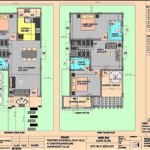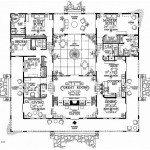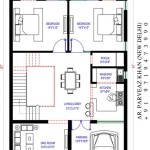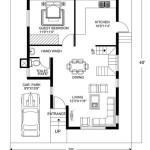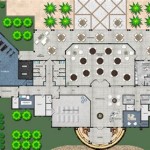Design A Floor Plan For A House: Essential Aspects
Designing a floor plan for your house is a crucial step in the construction process. It involves carefully considering the layout, flow, and functionality of your living space. By understanding the essential aspects of floor plan design, you can create a home that meets your needs and enhances your daily life.
1. Determine Your Needs
The first step is to identify your specific needs and preferences. How many bedrooms and bathrooms do you require? Do you need a separate dining room or a home office? Consider the size of your family, your lifestyle, and your future plans. Taking the time to define your requirements will help you create a floor plan that truly caters to your lifestyle.
2. Consider Site Orientation
The orientation of your house on the lot plays a significant role in its overall design. Factors to consider include sunlight exposure, natural ventilation, and privacy. Position your windows and doors to maximize natural light and airflow while maintaining privacy from neighboring properties.
3. Establish Functionality and Flow
The floor plan should facilitate efficient and comfortable movement throughout the house. Establish clear pathways between rooms and create logical connections based on how you use the space. Avoid unnecessary bottlenecks or awkward transitions. The flow should be smooth and intuitive, allowing you to move effortlessly from one area to another.
4. Optimize Room Proportions
The size and shape of each room affect its functionality and aesthetic appeal. Consider the intended use of the room and ensure that it provides adequate space for furniture, movement, and storage. Pay attention to ceiling heights and window placement to create a sense of spaciousness and visual interest.
5. Plan for Ample Storage
Clutter can quickly accumulate in a home, so it's crucial to incorporate ample storage space in your floor plan. Include built-in closets, cabinets, and shelves in strategic locations throughout the house. This will help keep your belongings organized and create a more inviting and comfortable living environment.
6. Consider Accessibility
If you have family members with disabilities or are planning for future accessibility, consider incorporating universal design principles into your floor plan. This includes providing wider doorways, accessible bathrooms, and ramps or elevators to ensure that everyone can move through and enjoy the home safely and independently.
7. Seek Professional Guidance
While you can certainly create a floor plan on your own, it's highly recommended to consult with a qualified architect or designer. Professionals can provide valuable expertise, help you avoid costly mistakes, and ensure that your floor plan meets building codes and regulations.
Conclusion
Designing a floor plan for your house is a thoughtful and meticulous process that requires careful consideration of your needs, site orientation, and functionality. By following these essential aspects, you can create a living space that aligns with your lifestyle, enhances your daily routines, and provides you with a home you truly love.

House Plans How To Design Your Home Plan

Floor Plans Types Symbols Examples

Small House Design 2024005 Pinoy Eplans Modern Plans Layout

Small House Design Shd 2024007 Pinoy Eplans One Y Bungalow Plans Layout

Creating The Perfect Floor Plan Quarry View Building Group

House Floor Plans Your Best Guide To Home Layout Ideas

28 Modern House Designs Floor Plans And Small Ideas

House Plans How To Design Your Home Plan

Tips For Selecting The Right Floor Plan Your Home Sater Design Collection

Simlpe House Design Floor Plan Template

